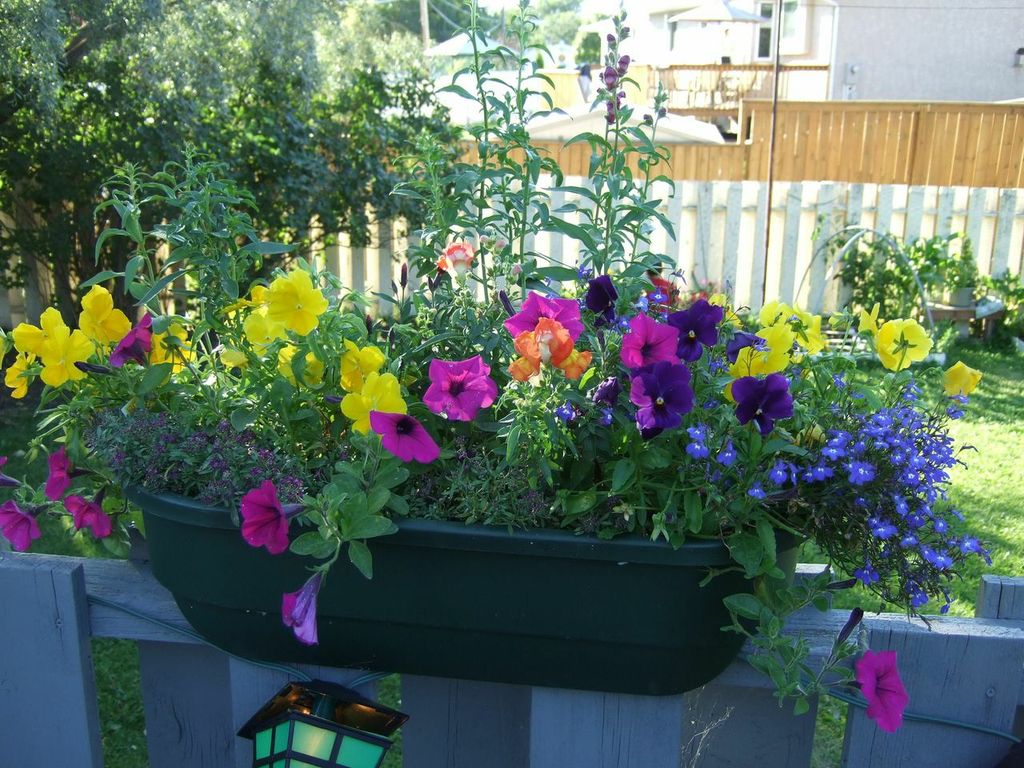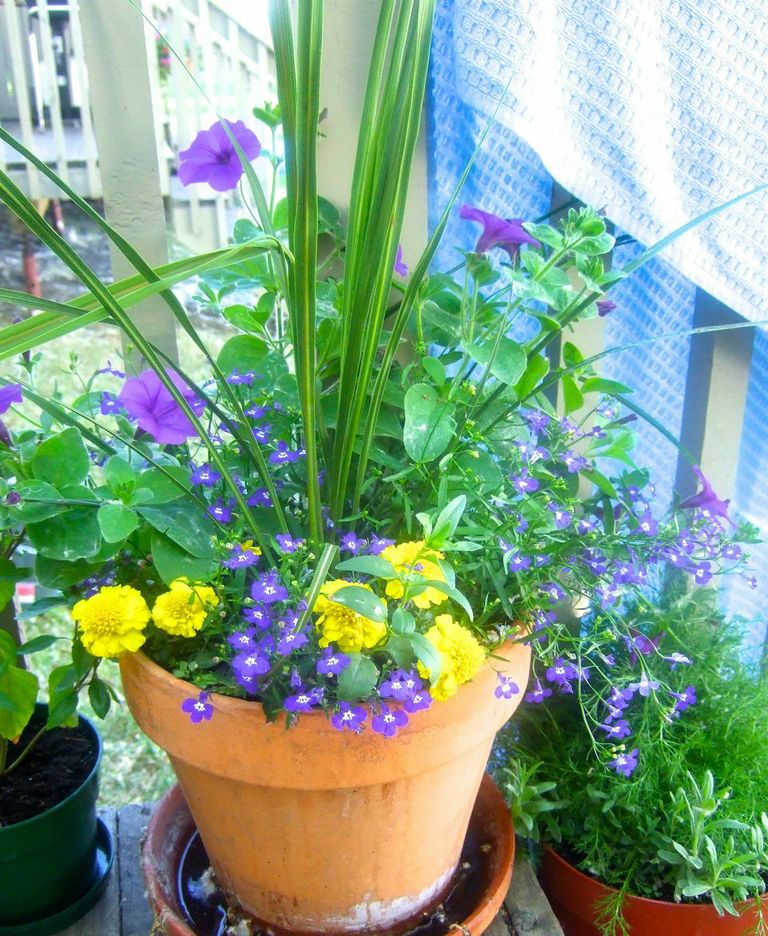For beginners, greenhouses can be overwhelming with the abundance and variety of plants to choose from. Below are my top five pointers to anyone getting started or looking to make spring planting easy.
1. Start Simple
Don’t go out and buy every single type of flower you see. Like a kid in a candy store, it’s tempting to want to buy one of everything. You, however, want this to be a rewarding experience, not an overwhelming one. Young, spring plants are small and do not have many blooms which can cause a new gardener to overcrowd them. There are so many beautiful garden planters available right now and it’s tempting to want to fill them all up immediately! Remember these young plants need space/time to develop and grow. Look on the plant’s tag to see how far apart they should be (generally allow 2.5-3 inches). In addition, try to make your selections in terms of color, shape, and height. This will give your pots a vibrant appearance! Do pay attention to the SUN vs. SHADE variety. While most flowers that require full or part-sun will do just fine in shady environments, the shade variety will quickly shrivel up and die in full-out sun.

2. Good Soil
This is an area that really does matter and will impact how your plants turn out. My favorite is Moisture Control Potting Mix. It is the perfect blend of nutrients, soil, and peat moss for optimal growing conditions. If you have a flowerbed, toss in some peat moss and a bag of compost. Once your flowerbed or pots are ready for your new plants, dig a hole and fill with water before placing in the plants and covering with dirt. Transplanting can be a bit of a ‘shock’ to young plants, and ensuring the roots stay cool/moist will help make the transition easier. After all your plants/flowers are in their new home, give the soil a good soak.

3. Water
Ensure your plants get enough water, especially in containers since they are more exposed and tend to dry out faster. Pay attention to your local weather forecast too. If it is going to rain for 2-3 days, you won’t need to water. On the other hand, if it is going to be hot, dry or windy, you’ll want to water daily. Giving your plants a morning drink is best to help them cope throughout the day. You can tell when your planters need to be watered by sticking your finger in the soil about an inch. If it is wet, hold off on watering, but if it is dry be sure to give it a good soak. As a general rule, soak planters until you see water run out the bottom drainage holes. Be sure not to OVER water your pots either, which will cause green leaves to yellow and flowers to die. Allow pots to dry out briefly between watering. A good soil mix, as mentioned in point #2, will help retain moisture for your plants as well.

4. Dead-Heading
This is the practice of removing droopy/dying flowers from your plant. Pinch off at the stem just below the flower (not just the petals) to remove the seedpod. This sends a message to the flower to keep on producing more blooms rather than going to seed, aka dying. As the summer goes on, your plants may start to look spindly (long, lanky and a little sick looking). This is a great time to get out the kitchen shears and cut back your plants. This allows them to grow new shoots for a bushier & healthy appearance. Pinching or cutting back can be done all summer for a bushier plant. Not all flowers need deadheading or cutting back however, so check the label on the plant, or ask a professional at your local greenhouse.

5. Feeding
Aside from ensuring your plants get a nice balance of sunlight and water, it’s also good to feed your plants nutrients as well. It’s not difficult at all either – in fact, a product like Miracle Gro Shake ‘n Feed only has to be used about every 4 months during the growing season. In Saskatchewan, that amounts to once per summer (or twice, if you’re a keener and got started in doors before the inevitable May frost!)
There really are no ‘right/wrong’ answers when it comes to planting flowers. Start with some resilient plants, such as petunias, and then toss in something new that you’d like to try for fun, such as a dahlia, to see how it grows. Sometimes they work, sometimes they don’t. Over time, you will begin to see what your favorites are in terms of color, shape, height and scent. If you are unsure about how to do something, just ask around. The Internet is a wealth of information, or to talk to your mother, neighbor, friend, co-worker, or local green thumb down at the greenhouse for advice. Take pictures each summer too; once at the beginning of the season after just freshly planted, and then well into the season to really see the reward of your own green thumb!







The perfect primer for people just getting started on their gardening journey! Especially the advice on starting simple. Keep it enjoyable, not overwhelming!